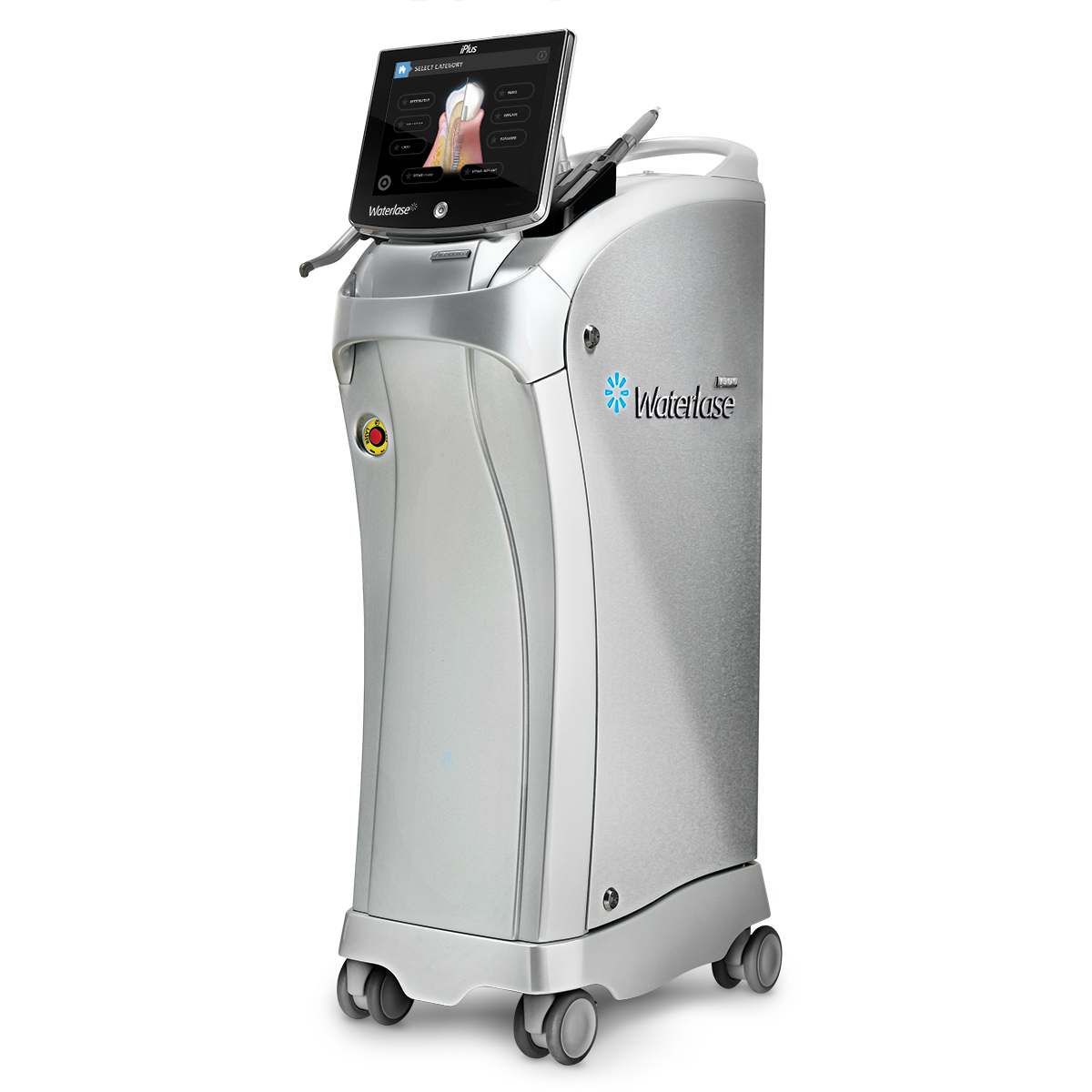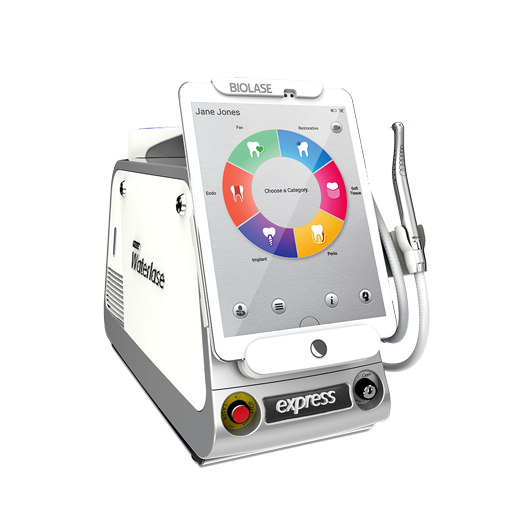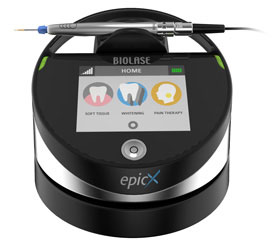Mouth discomfort, cost, and downtime are major concerns for periodontally compromised patients, which can make scheduling treatment difficult. Traditional deep cleaning methods like scaling and root planning sounds like a frightening experience to patients, so it’s the dentist’s responsibility to educate them about advanced medical treatment options–including safe and effective laser treatment.
Over the past 50 years, lasers have found their way into Opthalmology, oncology, cosmetic surgery, biomedical research, and dentistry. Here’s what your patient needs to know about lasers and periodontitis.
Awareness
Periodontal disease is one of the biggest dental health threats in adults. A recent Centers for Disease Control report indicates that 47.2% of adults aged 30 years and older have some form of periodontal disease.
A Better Option
Lasers are an advanced medical treatment option for managing patients with periodontitis. Treatment is less invasive and more comfortable for patients. The result is less bleeding, swelling, and discomfort.
Why Lasers Work
The WaterLase REPaiR protocol for periodontitis manages infection, necrosed tissue, anaerobes and other material compromising the surrounding periodontal structures. Waterlase Repair is a highly effective and more comfortable alternative to traditional surgical procedures.
Advantages
Because the laser beam is so small and accurate, it allows health care providers to safely treat tissue without injuring the surrounding area. Advantages of the new Waterlase iPlus 2.0 Repair include:
- Minimally invasive
- Treat site specific or full mouth
- Supported by clinical evidence
- Gentle removal of unhealthy debris
- Promotes ligament growth
- Kills bacteria present in periodontal pockets
- Healthy tooth structures remain intact
- Faster recovery time
- Better patient acceptance
Lasers in Medicine
Lasers are used for many medical purposes including angioplasty, cancer diagnosis, cancer treatment, cosmetic dermatology, dermatology, lithotripsy, mammography, medical imaging, microscopy, opthalmology, prostatectomy, and surgery.
Laser technology continues to grow in popularity in the medical field. These tiny beams of light may just revolutionize dentistry and how periodontitis is managed



